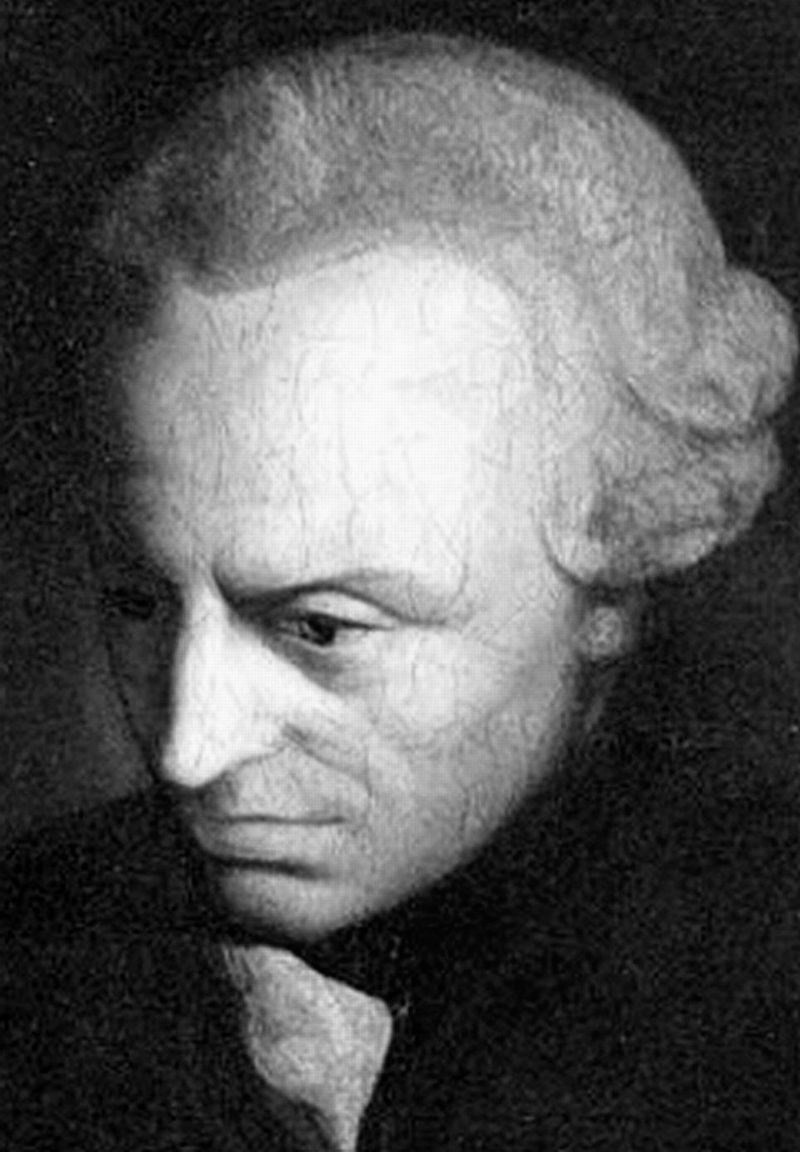

Leibniz's combinatorial art of synthesis and the temporal interval of the fold
pp. 65-88
in: Sjoerd van Tuinen, Niamh Mcdonnell (eds), Deleuze and the fold, Berlin, Springer, 2010Abstract
By looking at the theory of synthesis,1 located in one of Leibniz's earliest texts, this chapter examines how it informs Deleuze's concept of the fold. In his doctoral dissertation, "On the Art of Combinations' ("De Arte Combinatoria', 1666), Leibniz's approach to the problem of part-whole relations involves the analytic reduction2 of elements to "first terms'3 that are combined. It would appear that in Leibniz's nomi-nalism4 "first terms' serve to denominate the properties of the substance as its attributes. The Critique of Pure Reason supports this view, as Kant claims that the elements of synthesis in Leibniz's combinatorial are units representing the concepts of the monads in God's infinite understanding. A primary passivity resides in the monad's closed interiority, symbolising its blindness to the reason for its existence, which sets the horizon line of its determination according to a rationalist idealism. As "the basic material of the universe' monads "have no other active power, save only that which exists in representations, the efficacy of which is confined, strictly speaking, to themselves' (Kant 2003, A274/B330, henceforth "CPR').



